We’re excited to introduce you to the always interesting and insightful Misha Venegoni. We hope you’ll enjoy our conversation with Misha below.
Misha , thanks for taking the time to share your stories with us today Do you wish you had waited to pursue your creative career or do you wish you had started sooner?
I used to wish I had started sooner. Like many artists, I’ve had those moments where I wondered how different my life might be if I had taken myself seriously earlier—if I had seen my creativity not just as a form of personal therapy or escape, but as something worth building a life around.
But truthfully, the path I took shaped the artist I am today. I began creating art long before I ever called myself an “artist.” I was navigating personal challenges, cultural expectations, and even just the daily demands of surviving and figuring out who I was. I come from a Bangladeshi background, and I’ve lived through significant shifts—including moving countries, marriage, healing from trauma, and learning to advocate for myself and others. All of that infused my work with a depth that I don’t think I would have had if I’d started earlier, when I was still in survival mode.
If I had started later, I might have had more confidence or resources—but I also might have missed some of the raw honesty that comes from making art while your world is still being built.
So while there’s a part of me that thinks, “maybe I could be further along by now,” the truth is, I started at exactly the right time for me. My story, my timing, and the lessons I’ve carried into my work have made my voice what it is. And I wouldn’t trade that for anything.
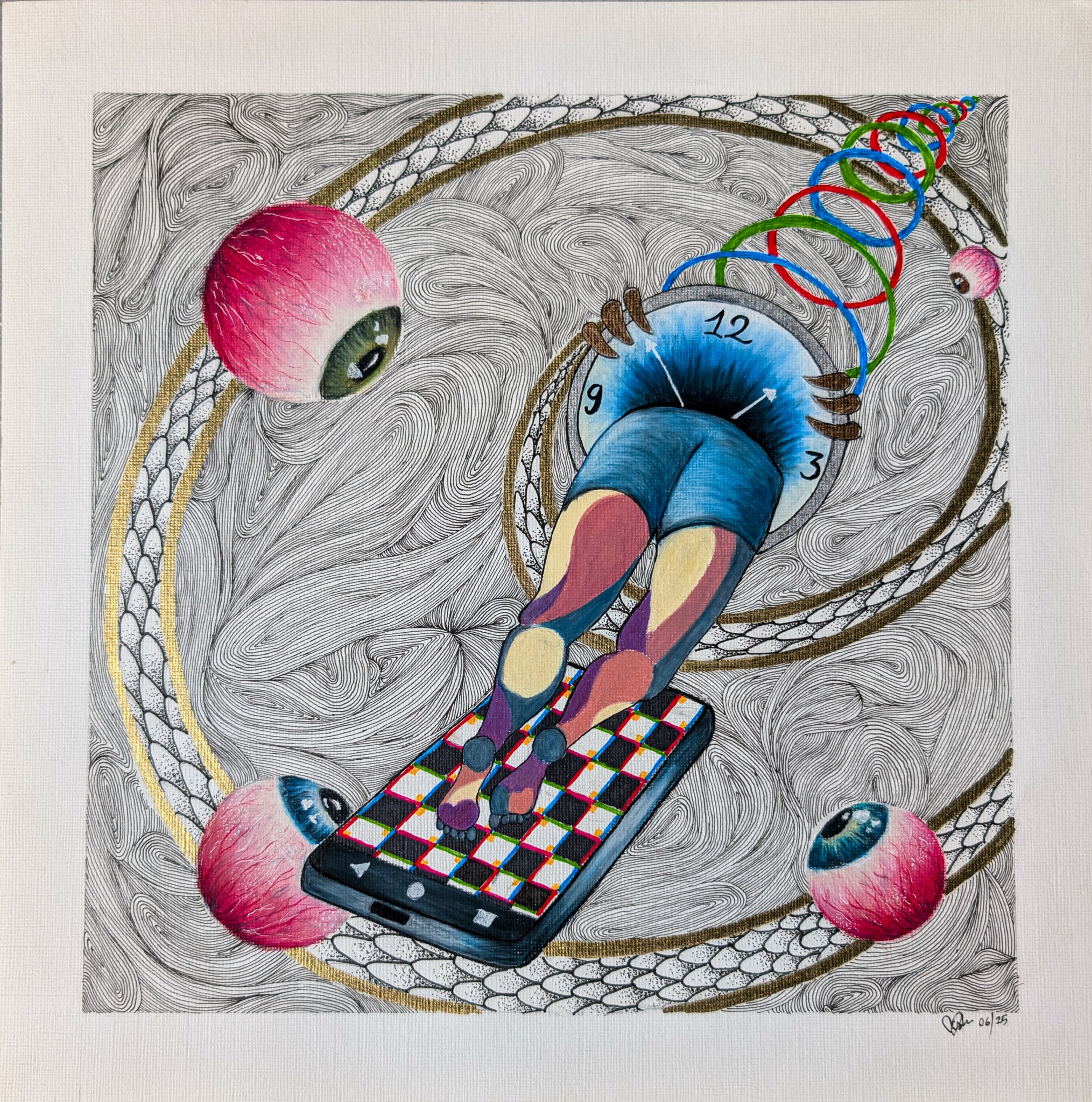
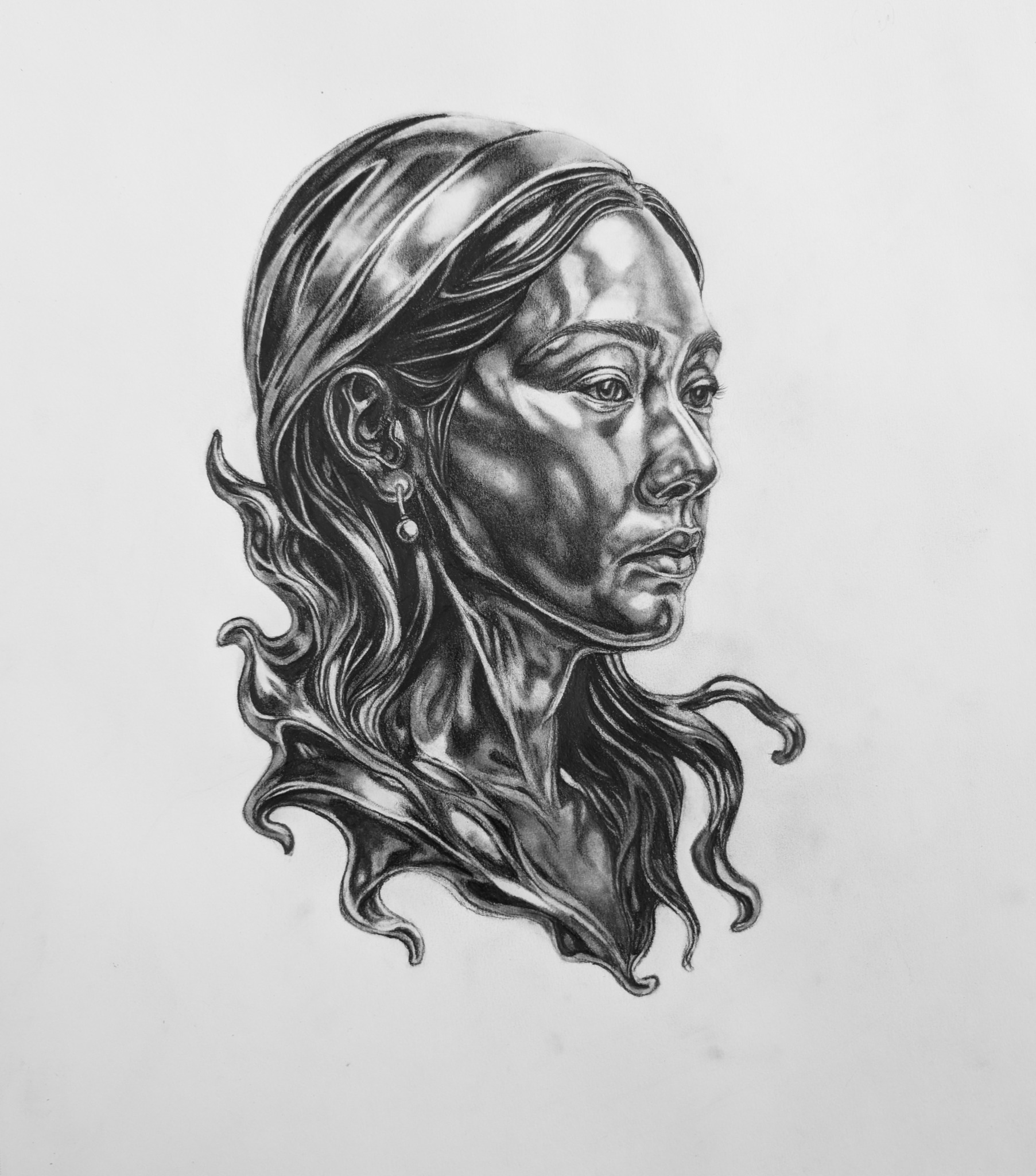
Misha , before we move on to more of these sorts of questions, can you take some time to bring our readers up to speed on you and what you do?
I’m a Bangladeshi artist and storyteller living in the U.S., and my work is rooted in deep emotional honesty, cultural reflection, and a surreal visual language that speaks to those who’ve felt like outsiders in their own world. Art has been a constant companion through chapters of transformation in my life—from surviving trauma and healing from chronic illnesses, to rediscovering my voice as a woman, an immigrant, and a spiritual being.
I create mixed-media and fine art pieces—often detailed, dreamlike, and layered with symbolism—that explore identity, memory, silence, and power. My work often draws inspiration from surrealism, mythology, and the unseen emotional landscapes we all carry. I also create digital art and NFTs, which has allowed me to bring my practice into new, evolving spaces and connect with global audiences beyond traditional gallery walls.
I don’t just make “pretty” images—I create mirrors and windows. My art speaks to people who are in the process of reclaiming themselves, who want to feel seen, or who are looking for something that resonates beyond surface beauty. Many of my collectors and followers are drawn to how emotionally raw and visually haunting my work can be. It gives them a language for things they didn’t know how to express.
What sets me apart is my commitment to truth and emotional depth. I don’t chase trends; I follow intuition and storytelling. I’m building a practice that is both sacred and accessible—where fine art meets lived experience, and where healing can happen through creation and connection.
I’m most proud of how far I’ve come just by being honest—in my work, my journey, and in how I share my life with others through art. I’ve shown in galleries, participated in residencies, but what means the most to me are the people who message me to say, “I felt this,” or “This helped me process something.”
If there’s one thing I want people to know about me and my work, it’s this: I create from a place of sincerity, vulnerability, and vision. I want my art to outlive me, to spark conversation, to be held close like a secret truth—and to remind others that there is power in being exactly who you are.
I’m currently part of a residency at the Time to be Happy gallery in SoHo, a deeply meaningful opportunity made possible by the generous support of Benzi. Being in this space feels like living a dream — surrounded by talented, visionary artists, sharing ideas, and building something beautiful together. This residency has not only nurtured my creative practice, but also given me a sense of artistic community and affirmation. It’s rare to find a place where you feel both seen and inspired, and that’s exactly what this experience has been.
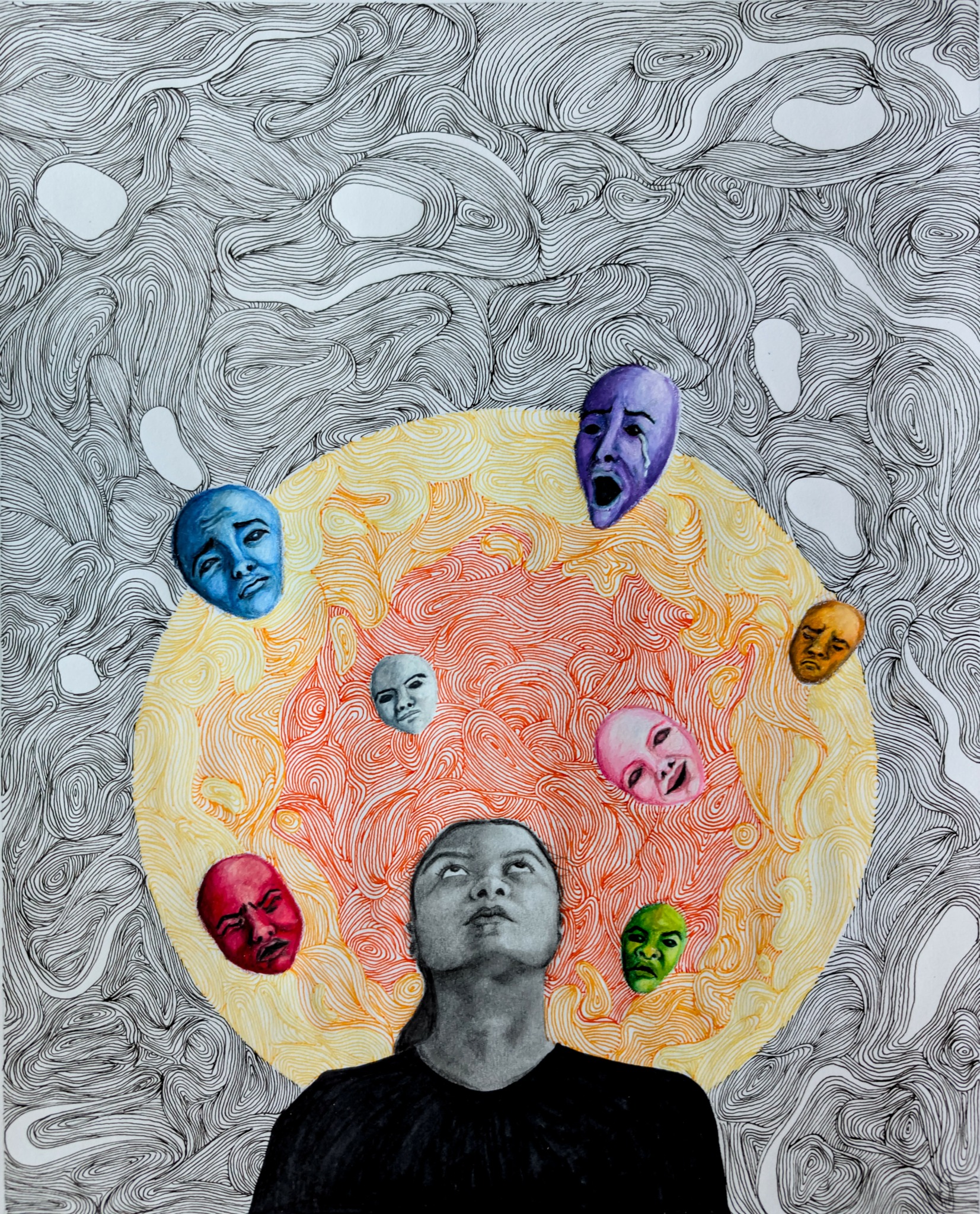
In your view, what can society to do to best support artists, creatives and a thriving creative ecosystem?
To truly support artists and a thriving creative ecosystem, society has to shift how it values creativity. Art is often treated as a luxury or something “extra”—when in reality, it’s essential. Artists are culture keepers, truth tellers, and visionaries. We reflect the world back to itself, we archive emotion and time, and we create space for healing, questioning, and dreaming. But we can’t keep doing that if we’re constantly being asked to work for exposure or survive on scraps.
Support has to go beyond applause—it has to be structural. That means funding for the arts, affordable housing and healthcare for creatives, fair pay for creative labor, and real inclusion in spaces that have historically excluded marginalized voices. It also means teaching kids that art isn’t just a hobby—it’s a valid, vital career path.
On a personal level, people can support artists by buying directly from us, sharing our work, showing up to our shows, engaging with our content, and respecting our time and boundaries. It doesn’t always have to be financial—sometimes the most powerful thing you can give an artist is belief.
If we want a future that’s rich, meaningful, and human—we need artists to not just survive, but thrive. And that takes all of us.

Let’s talk about resilience next – do you have a story you can share with us?
There was a time in my life when I genuinely didn’t think I’d make it. Depression had wrapped itself so tightly around me that I couldn’t see a way out. I felt like I was drowning in silence—buried under the weight of societal expectations, cultural pressure, and a constant inner voice that told me I wasn’t enough. I was supposed to be more accomplished, more stable, more obedient, more “perfect.” And the more I tried to meet those standards, the more I lost myself.
I reached a breaking point where I didn’t want to keep going. On the outside, I was functioning—but inside, I felt completely hollow. And then, in one of the darkest stretches, I picked up a pencil. I didn’t plan a masterpiece. I just drew what I was feeling—messy, raw, unfiltered. For the first time in a long while, I felt like I could breathe.
Art became the only place where I didn’t have to explain myself. It didn’t ask me to be perfect. It didn’t judge my silence or my sadness. It just held space for me. Slowly, I began creating again—not to impress anyone, but to survive. To give shape to everything I couldn’t say out loud. And over time, that act of creation pulled me back to life.
My resilience isn’t about being unbreakable—it’s about being able to remake myself through art every time I feel lost. I’m still healing, still evolving, but I’m here. And every piece I create is proof that even in my darkest hours, I chose to stay.
Contact Info:
- Website: https://Www.mishavenegoni.com
- Instagram: @mishavenegoni
- Twitter: @mishavenegoni
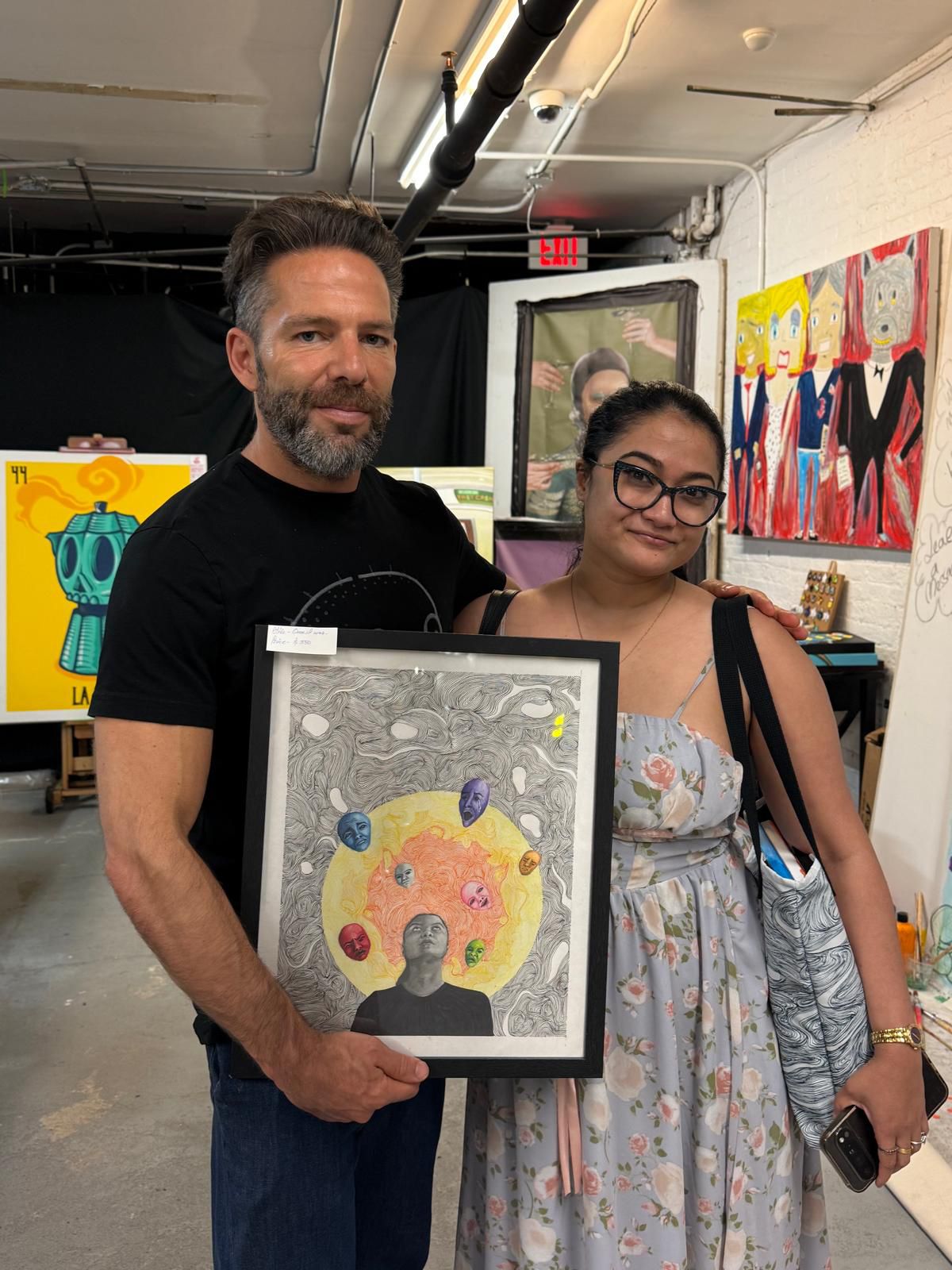
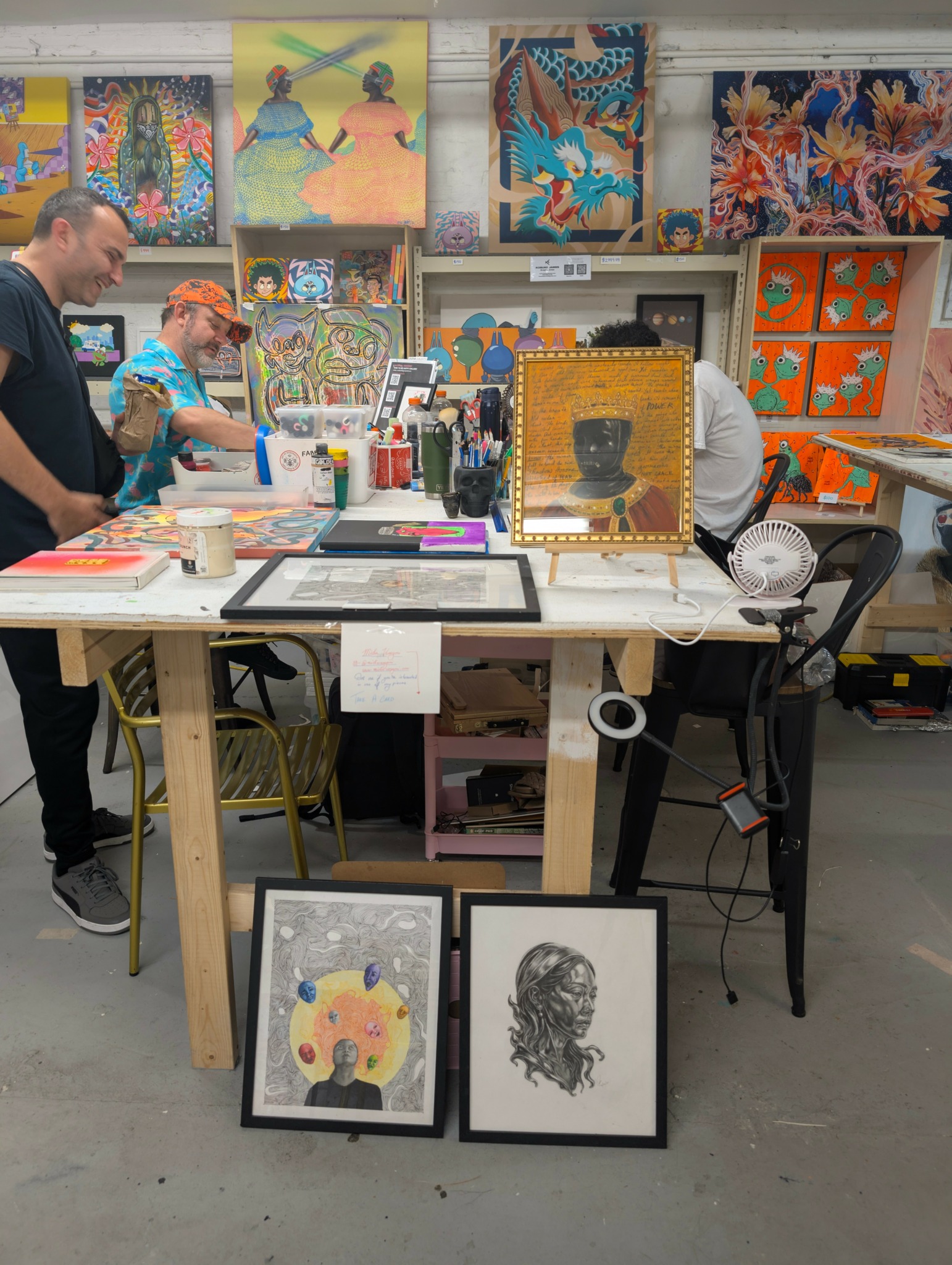
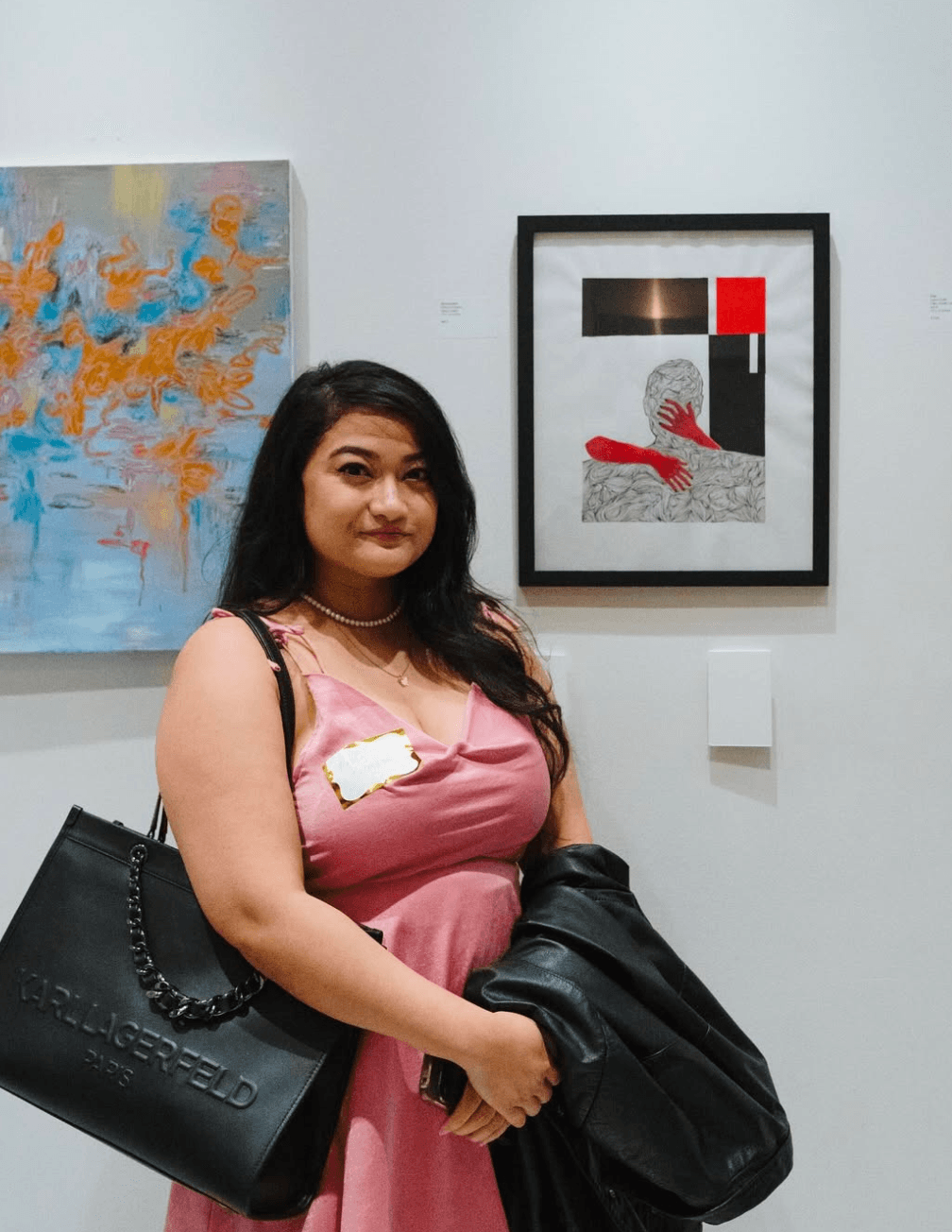
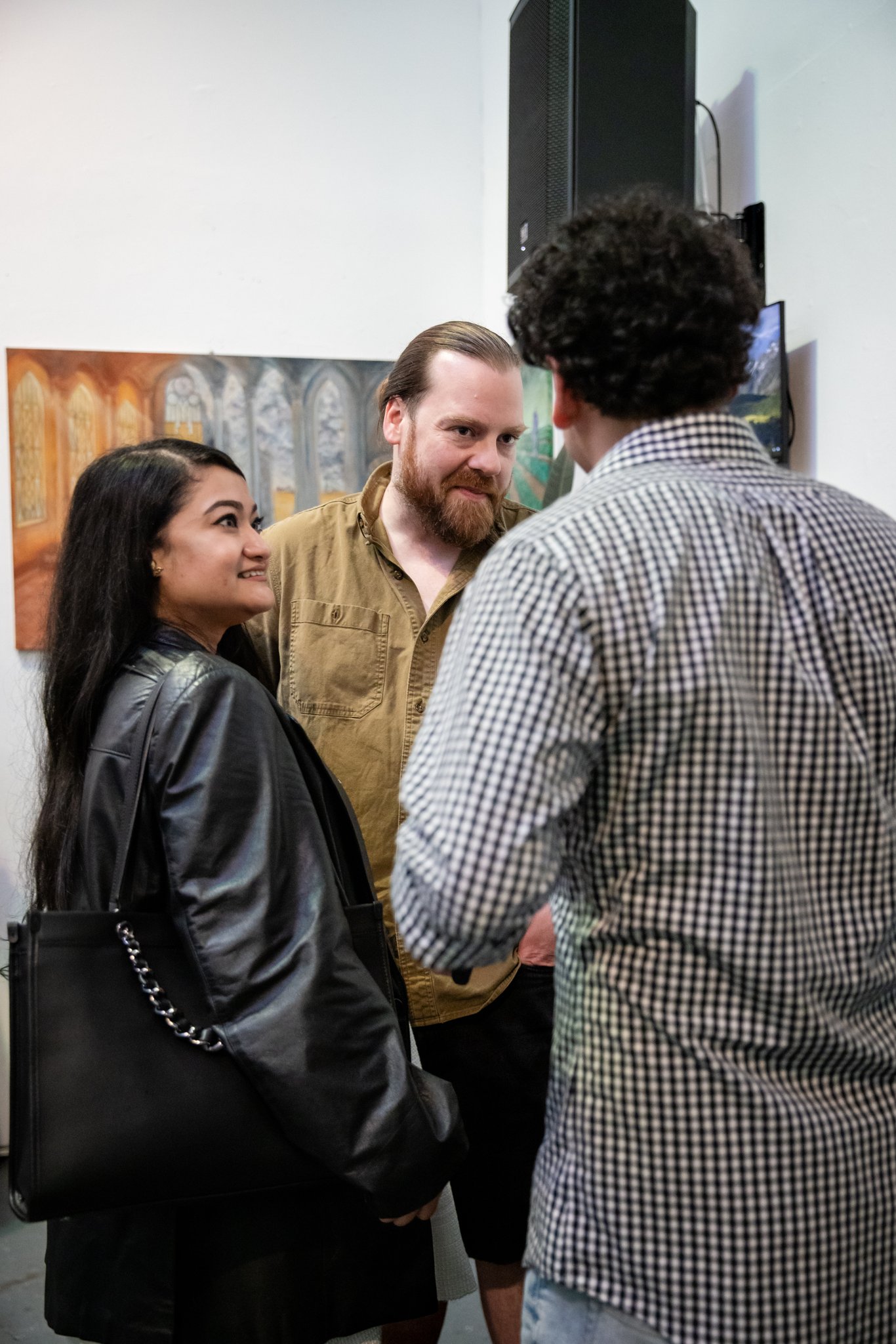
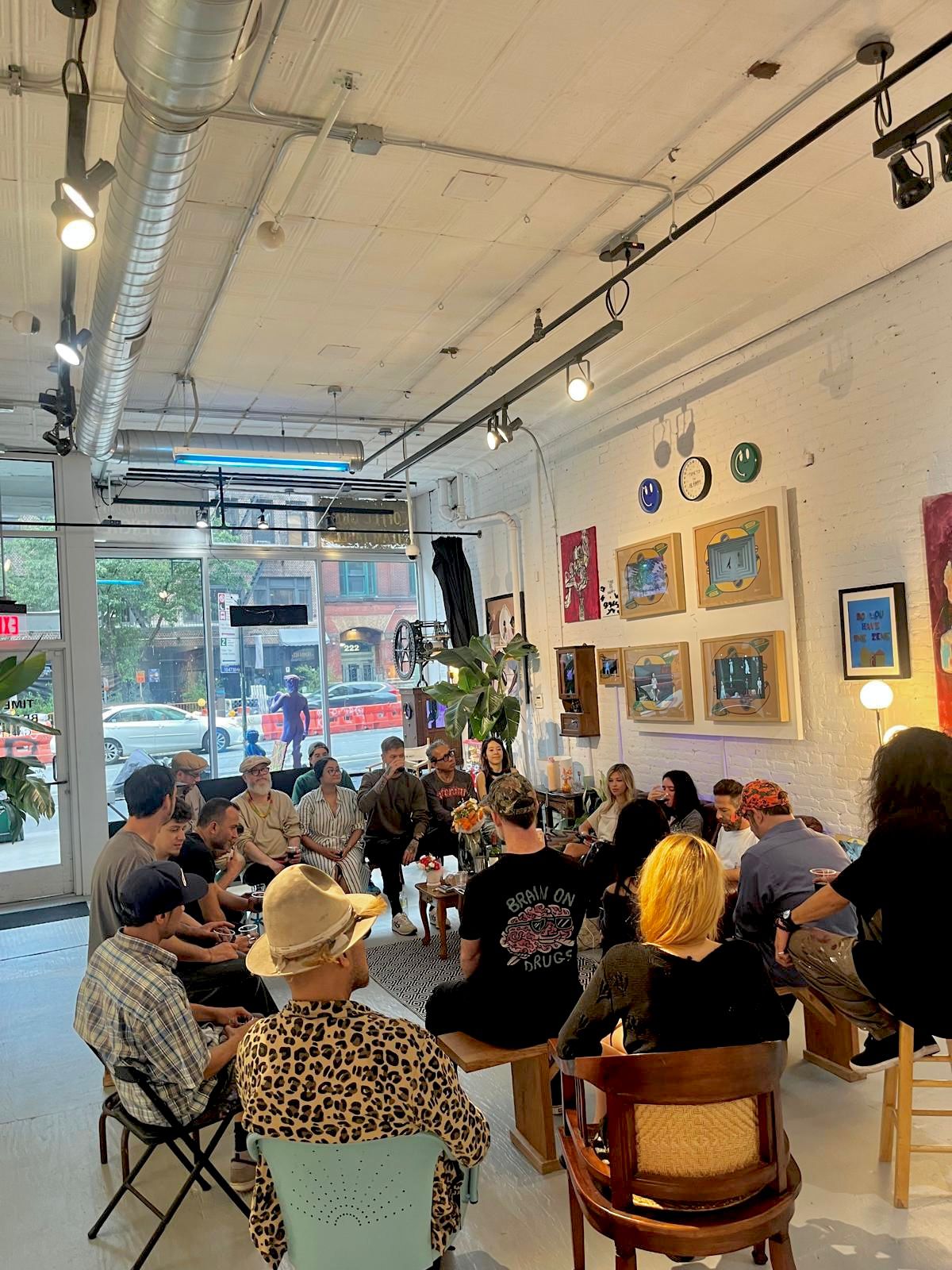

Image Credits
Caroline Alarcon


